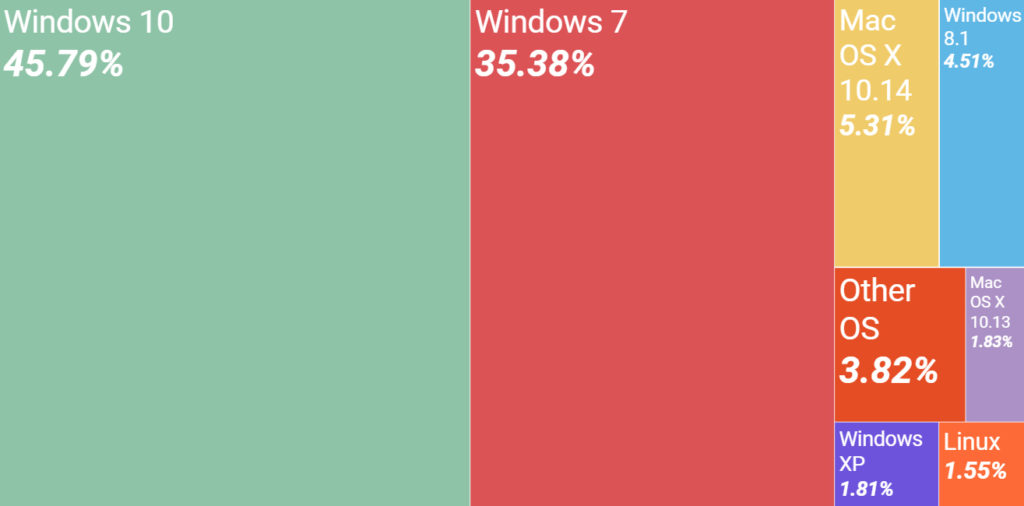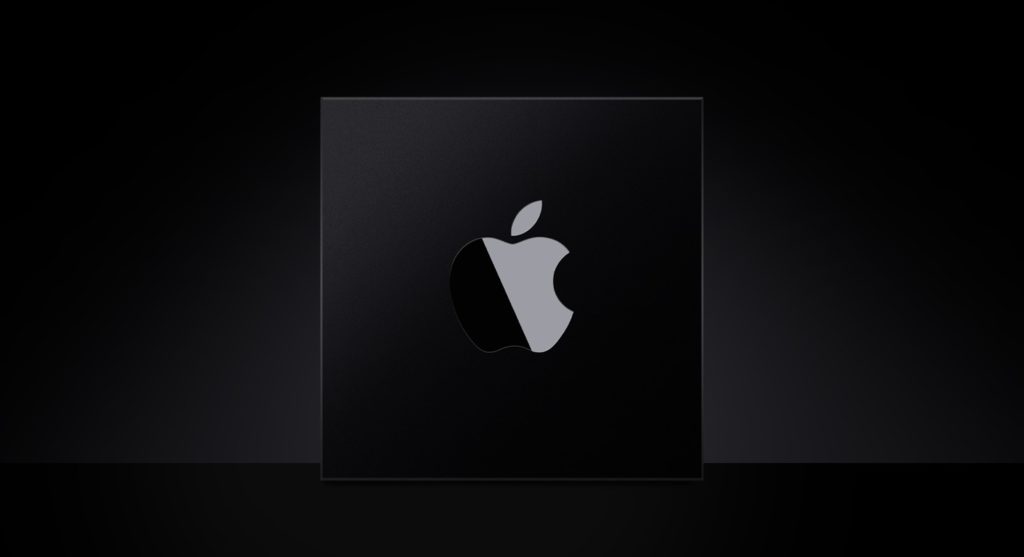At this year’s WWDC, the biggest announcement wasn’t a new Apple product, but rather the announcement that Apple will be moving away from Intel processors to its own Apple Silicon processors that will power all its Mac line of products. For the average Mac user, this won’t mean much, but for the personal computing industry, it is a groundbreaking development. Just as Apple has been at the cutting edge of personal computing since the ’80s, Intel has been its counterpart in the world of processors. That Intel powered all Apple computers is a big badge of honor for Intel. To have that taken away is a big blow to the chipmaker. Let’s look at this development from multiple perspectives and see how it would pan out over the next few years.
First, some history
Apple is known to be a trendsetting company, as it has shown multiple times in the past. Its products like iPod, iPhone, and iPad have revolutionized the world of consumer electronics. Not just with products, but even with features such as withdrawing support for Flash, adding a fingerprint sensor to a smartphone, or even a notch — all these features have been followed by the industry at large. Companies have risen and fallen because of Apple’s moves. If history is anything to go by, Apple can make people, companies, and entire industries to bend to its will. One look at the fragmentation of operating systems, as seen in the chart below, shows that Apple has been able to move all its users to its latest versions of OS X, whereas Windows still has users running on Windows 7 that was released way back in 2009.

This move to Apple Silicon is another example of Apple’s ability to control its empire end-to-end.
But why, and why now?
High performance without compromise has been Apple’s mantra. Of course, when it comes to laptops, you can find devices that deliver “similar” performance for half the price, but you won’t be able to do an apple to apple comparison in terms of the user experience. Apple products differentiate themselves by their tight integration of hardware and software.

Apple has already taken the route of manufacturing its own chipsets for its iPhone and iPad line of products. In hindsight, that was a precursor to this move away from Intel. Apple executives have touted the iPad Pro replacing laptops as the workhorse. Apple sees the lines between iPads and MacBooks blurring in the future. This has been slower than expected due to declining demand for tablets in general, but Apple, nevertheless, is still hopeful of iPad’s place in personal computing.
Apple has likely been working on a processor for Macs since 2014. However, why now? Well, the grapevine has it that Intel’s buggy Skylake chips were the catalyst for this decision. If Apple, as a paying customer, spots as many bugs as Intel does, something’s got to give.
Use cases for Apple Silicon
Apple sees its new processors being the better alternative than Intel’s, especially for compute-heavy tasks. These include tasks like machine learning, image and video processing, gaming, and cryptography.
Developers being early adopters and power users with the largest budget, Apple sees this segment as the one to benefit most from the improved performance. Whether it’s developers, data scientists, media creators, or gamers — there is a huge market for powerful personal computing devices.

What Apple Silicon means for developers
Many organizations and developers would groan at the thought of having to rebuild and refactor their applications at Apple’s command. However, this shift is inevitable as Apple pushes for better interoperability between iOS and Mac devices. More unified software delivery would eventually benefit app developers as they can build once and run anywhere — something that’s not possible now.
For developers who are unable to port their apps to the new platform, Apple will leverage the Rosetta 2 emulator to automatically translate the existing Intel apps to run on Apple Silicon.
When will the switch happen?
Apple has already given out Developer Transition Kits with strict restrictions on what developers can and cannot do with the devices. Apple promises that the first Apple-silicon-powered devices will be available by the end of 2020. This could either be a MacBook Pro or an iMac. A complete transition away from Intel is not slated to happen now and will take a whole two years.
How will Apple Silicon impact Intel?

Intel says that Apple is a customer for other Intel products, and will continue to provide support for Apple products. It’s worth noting that Intel still powers a vast majority of laptops and PCs being sold today. Apple accounts for just 7.5 percent of market share in the personal computing space. However, AMD, Intel’s chief rival, has been closing in on it since the past year.
This Apple Silicon development will bring Intel well within reach of AMD in the next two years. However, Intel has been in this spot before and has innovated its way out of AMD’s reach with its “i” series of processors. However, since then, Intel’s innovation has hit a plateau that has spiraled into today’s big development. Intel does look vulnerable as of today, but the race is far from over.
How will this impact Microsoft Windows?
Some may wonder if Microsoft would follow suit and take control of processors in its Windows devices. This seems very unlikely as Windows is a heavily partner-driven ecosystem. Microsoft is very sensitive to its partners. Besides, Microsoft’s attempts at building hardware has gone wrong multiple times in the past with its Windows Phone and Surface devices. They now seem to be happy to stick to what they do best — software — and leave the hardware for partner organizations to figure out.
Windows is one of the largest software vendors, even in Apple. Microsoft is already on board with the plan to support Apple Silicon. They are already working on updated software for the new processor. This is the case with Adobe software as well. These developments point to a sure and smooth transition.
A balancing act
There are numerous undercurrents that drive consumer behavior in the personal computing space. One of the biggest trends is the move away from physical devices to computing in the cloud. SaaS applications are more capable than desktop applications and enable processing in the cloud, which means even a low-powered device can be used to perform data-intensive tasks. While Apple solves for the purist, there’s a whole other movement that solves for the masses.
Yet, with technology becoming mainstream for every business, the definition of low-end keeps rising. As users become more dependent on devices for work and daily life, they may be more demanding of what these devices are capable of. It is a balancing act between device manufacturers and software developers. Apple is at the intersection of these two equally important forces.
There has been doubt about Apple’s ability to innovate after the death of Steve Jobs. Indeed, it has slowed down in the number of new product launches. However, updates like this are a reminder that Apple is still a force to be reckoned with. Can Intel pick itself up from this blow and maintain its market dominance? That’s one interesting tech story that will pan out over the next decade.
Featured image: Apple



